Biography
Born in Milan in 1921, the architect, designer and sculptor gained his first professional experience in the United States, where he was a visiting professor at the Illinois Institute of Technology in Chicago after completing his studies at the Politecnico of Milan. During his stay, he became acquainted with Frank Lloyd Wright, Walter Gropius, Ludwig Mies van der Rohe and Konrad Wachsmann, all of whom influenced his work.
Back in his hometown, he opened an architectural office in 1955 together with his colleague Bruno Morasutti, with whom he worked until 1960. Across the board, Mangiarotti created iconic designs such as the Mater Misericordia church in Brazante, built of concrete beams and a double-walled glass shell, or the Via Garivate residential building in Milan, made of three cylindrical structures partially clad in wood, which was admired by colleagues such as Richard Neutra. While Mangiarotti relied on traditional concrete beams for the load-bearing structures of his large building projects, he invented new ways of structuring and rhythmising the façades, adapted to the wishes of the residents of these modern apartment complexes in Milan, Monza or Como.
In object design, Mangiarotti's attention was also focused on constructional questions, especially on the development of structures that manage without superfluous connecting elements, such as the tables of the 'Eros' series (1971), made of marble, whose tops are pushed onto the respective cone-shaped substructures and remain stable solely due to their own heaviness. The 'V+V‘ ceiling lamps for Venini, consisting of individual glass rings, are also based on a plug-in system, which Mangiarotti chose in order to be able to do without metal connections. Organic forms characterise many of his lighting designs such as 'Lesbo' and 'Saffo' (1966) as well as his designs for vases and clocks such as 'Secticon' (1956). His design principles are metaphorically reflected in his free artistic works as a sculptor.
In collaboration with manufacturers such as Artemide, Cappellini, Knoll, Skipper and Vistosi, he produced design classics that combine modern forms with traditional materials. His most famous designs include the 'Incas Table' (1978), the 'Chicago Chair' (1983) and the 'Giogali' glass collection (1967), which also reflect his special interest in marble and glass.
Before Mangiarotti passed away in Milan in 2012 at the age of 91, he received numerous awards and was honored with exhibitions around the globe.
Objects by Angelo Mangiarotti
-
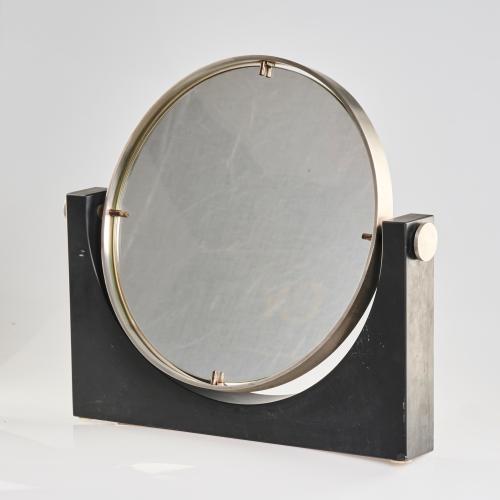
-
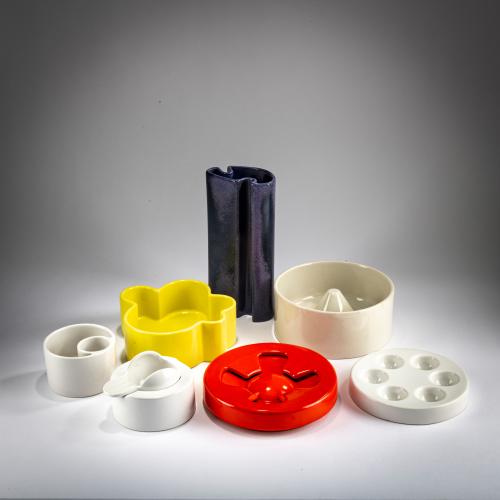
Angelo Mangiarotti Brambilla, Fratelli, Mailand
Collection of ceramic objects, c. 1968
Estimate: 900 € - 1,200 €
-
Sold
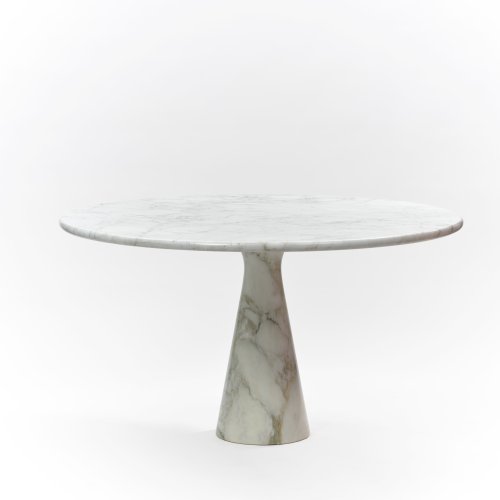
-
Sold
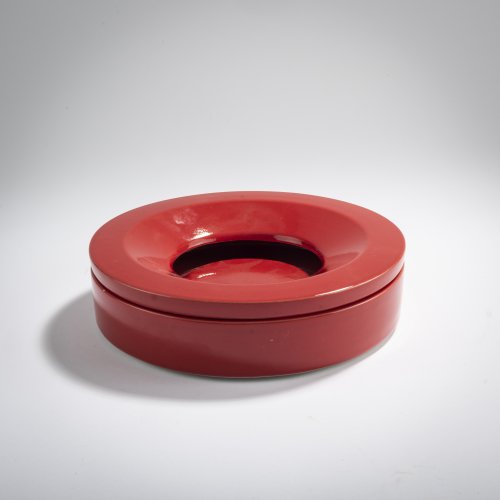
-
Sold
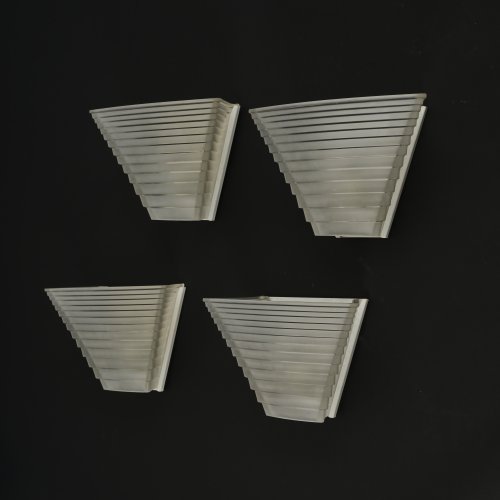
-
Sold

-
Sold
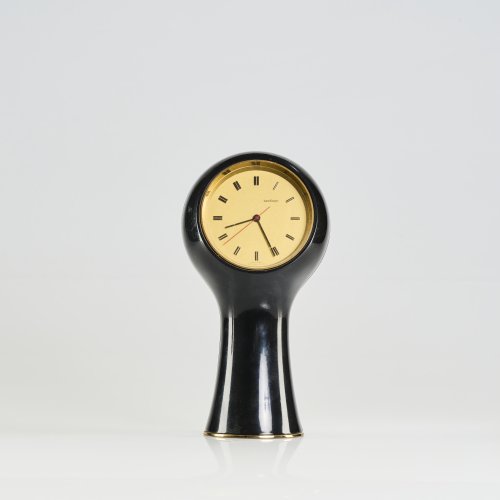
Angelo Mangiarotti Portescap, Le Porte Echappement Universal La Chaux De Fonds S. A.
'T1' - 'Secticon' table clock, 1956 (design)
Hammer Price: 550 €
-
Sold
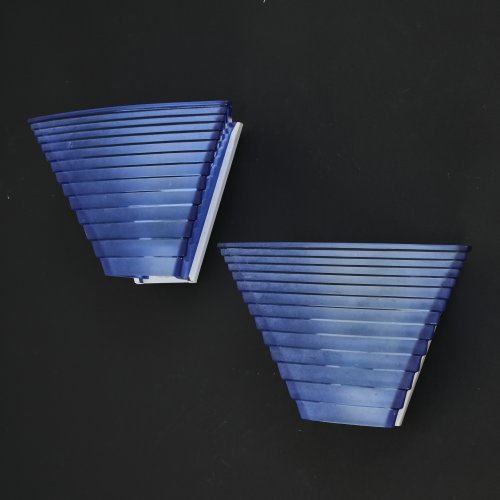
-
Sold
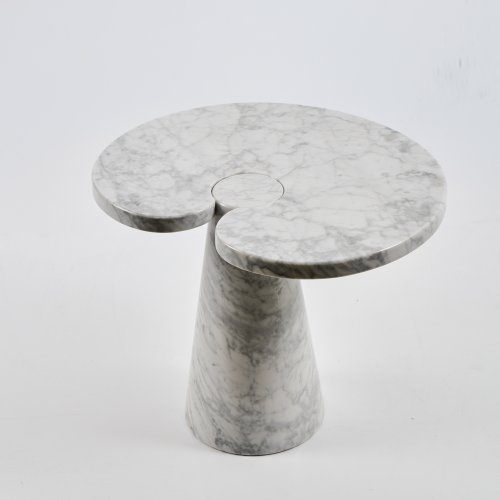
-
Sold
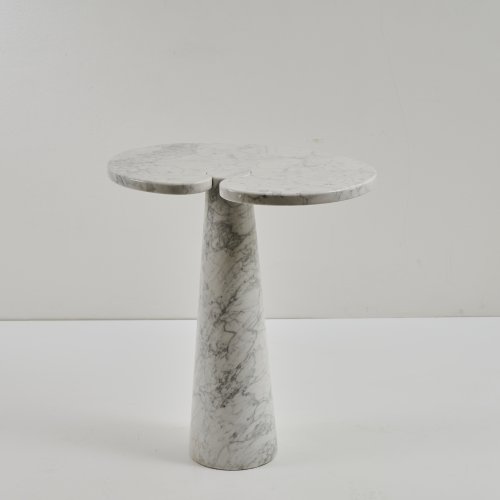
-
Sold
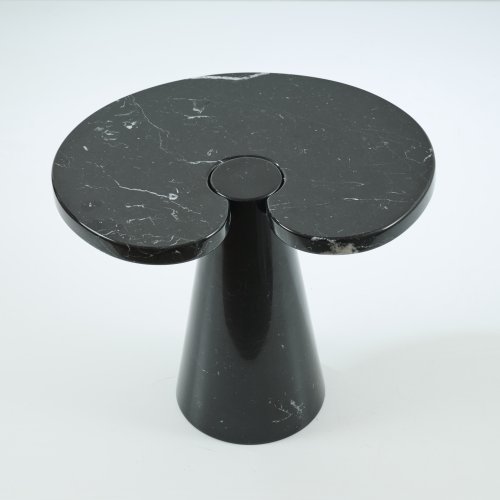
-
Sold

-
Sold
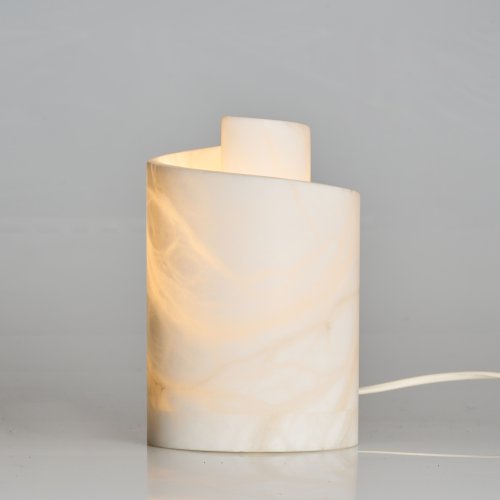
-
Sold
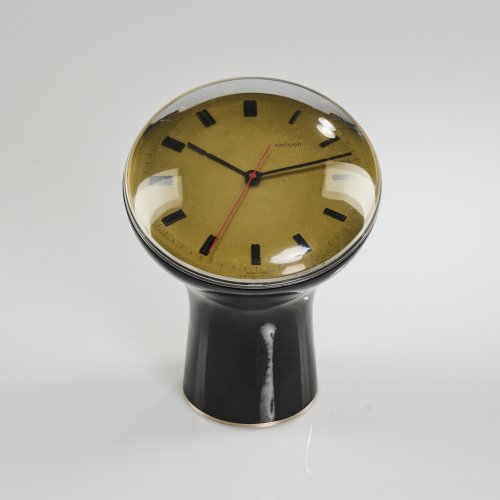
Angelo Mangiarotti Portescap, Le Porte Echappement Universal La Chaux De Fonds S. A, La Chaux de Fonds
'C1' - 'Secticon' table clock, 1956
Hammer Price: 750 €
-
Sold
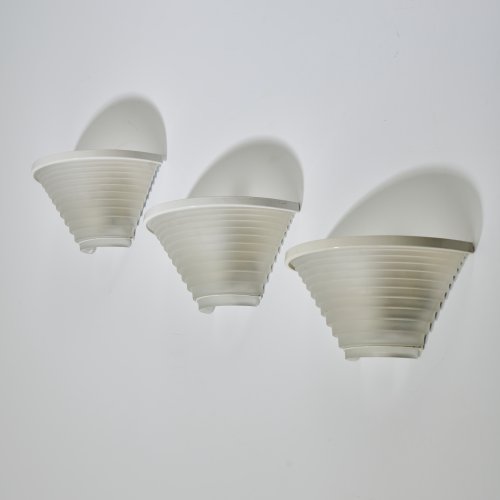
-
Sold
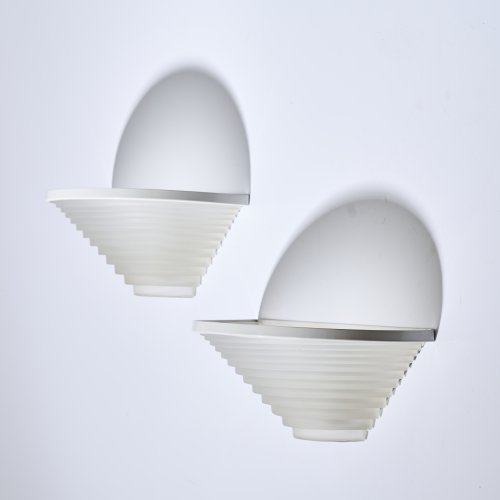
-
Sold
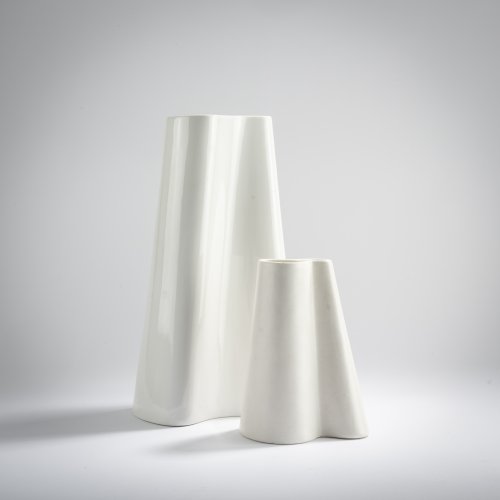
-
Sold
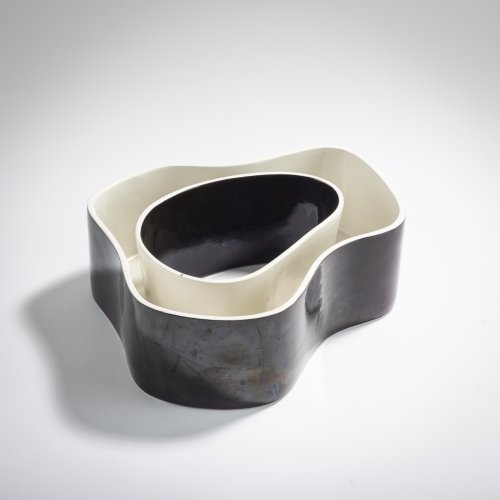
-
Sold
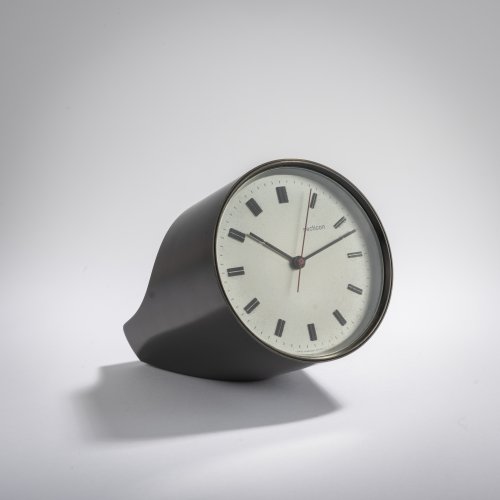
Angelo Mangiarotti Portescap, Le Porte Echappement Universal La Chaux De Fonds S. A.
'T1' - 'Secticon' table watch, 1956
Hammer Price: 600 €
-
Sold
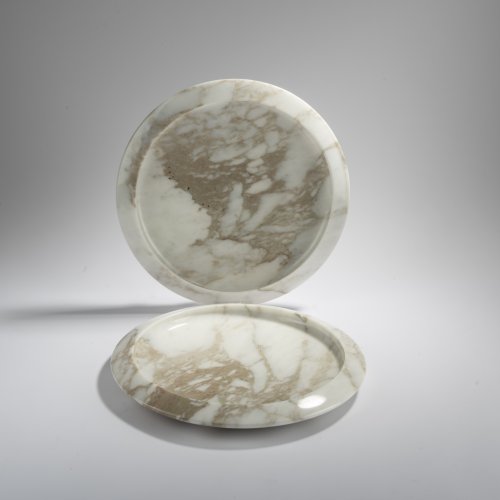
-
Sold
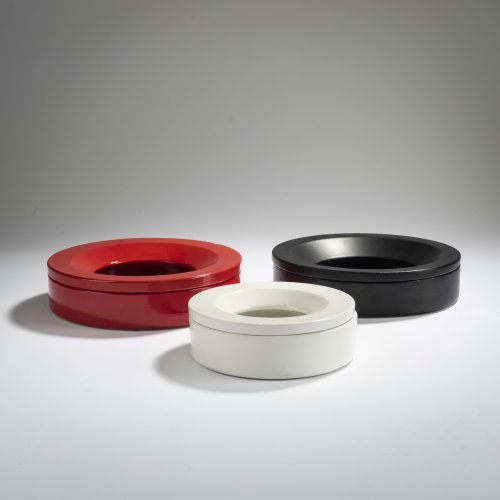
-
Sold
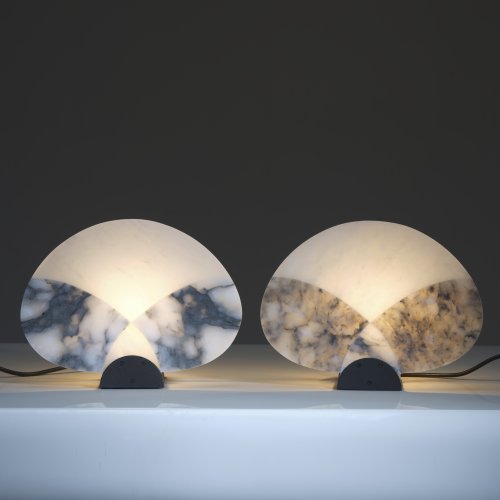
-
Sold
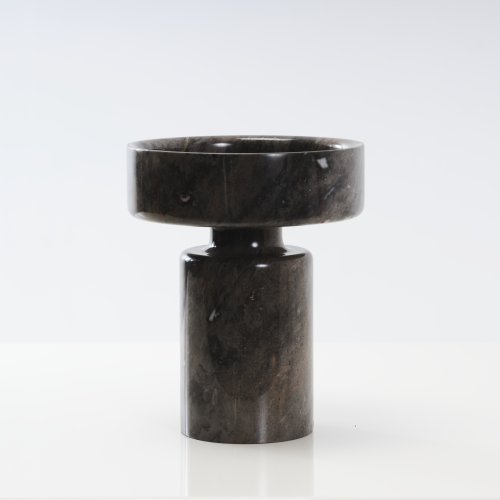
-
Sold
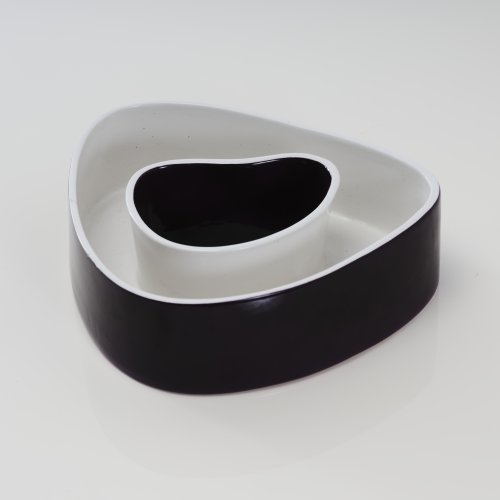
-
Sold
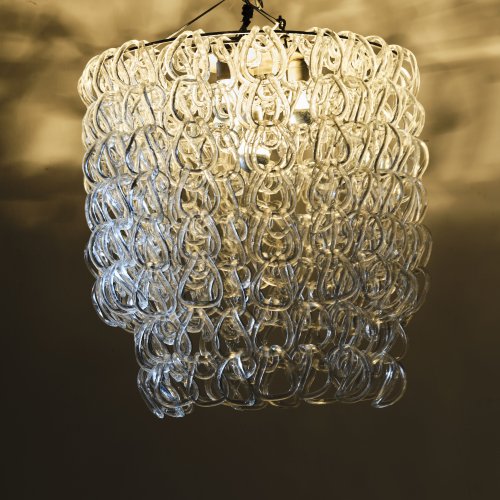
-
Sold
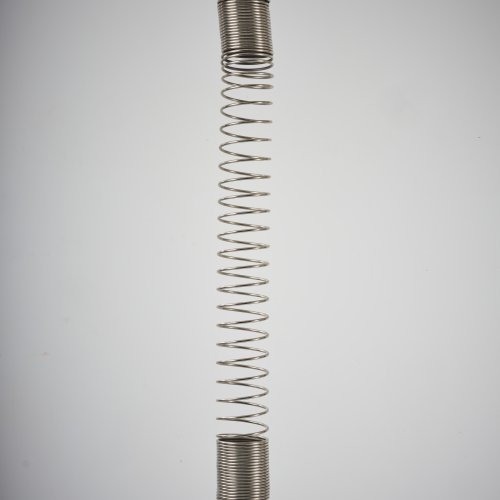
-
Sold
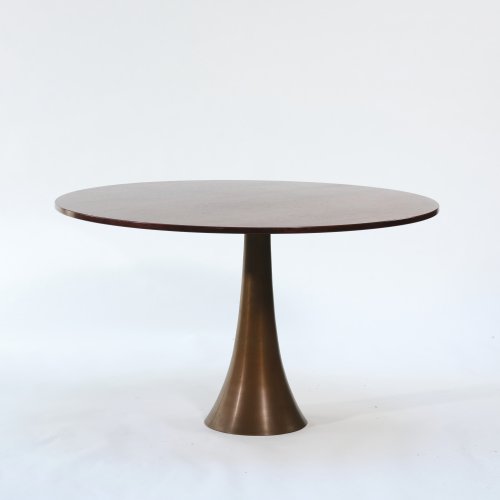
-
Sold
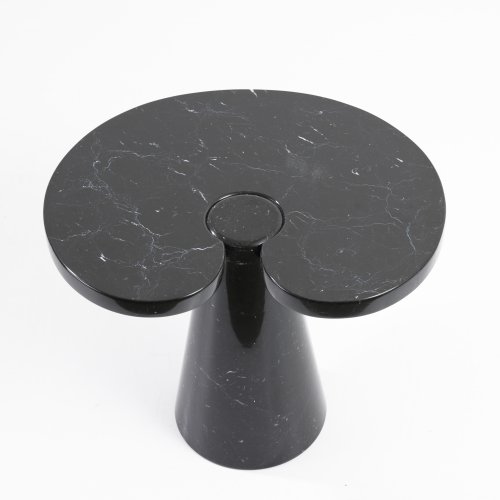
-
Sold
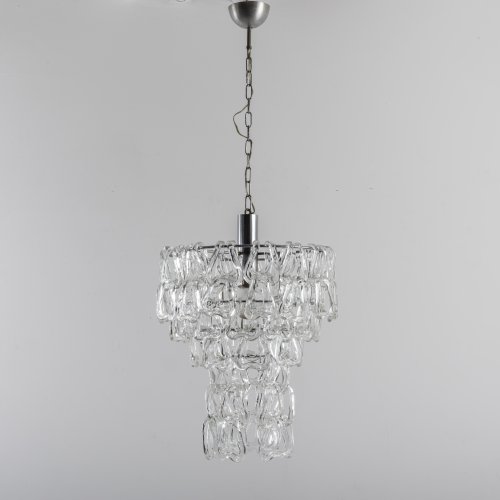
-
Sold
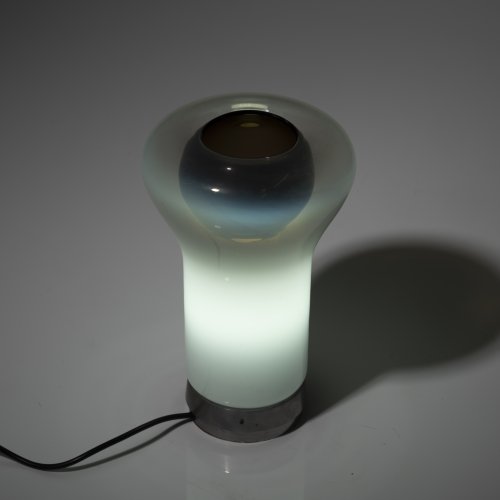
-
Sold
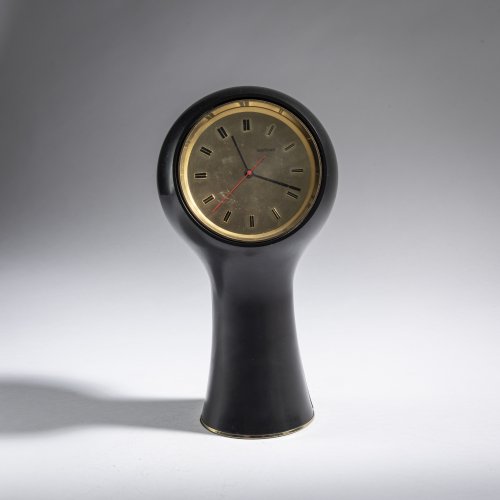
Angelo Mangiarotti Portescap, Le Porte Echappement Universal La Chaux De Fonds S. A.
'T1' - 'Secticon' Table clock, 1956
Hammer Price: 350 €
-
Sold
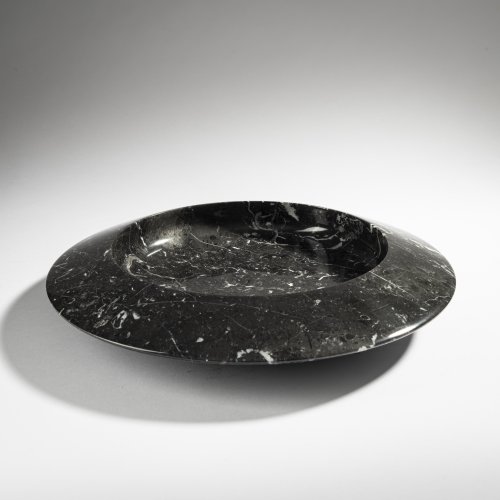
-
Sold
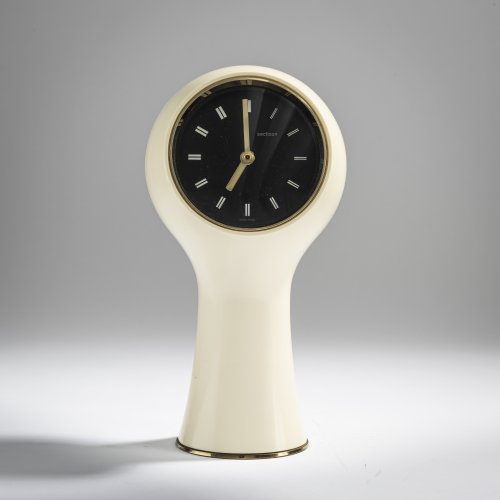
Angelo Mangiarotti Portescap, Le Porte Echappement Universal La Chaux De Fonds S. A.
'T1' - 'Secticon' table clock, 1956
Hammer Price: 260 €
-
Sold
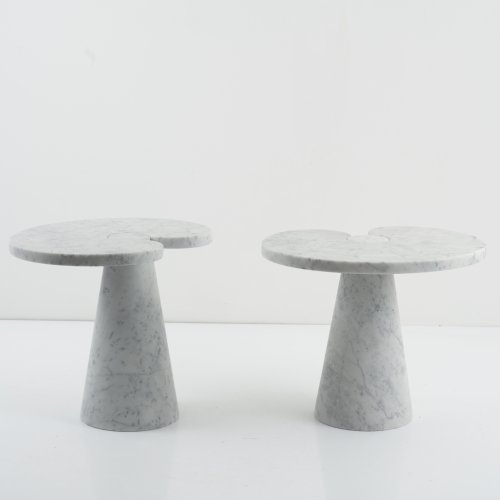
-
Sold
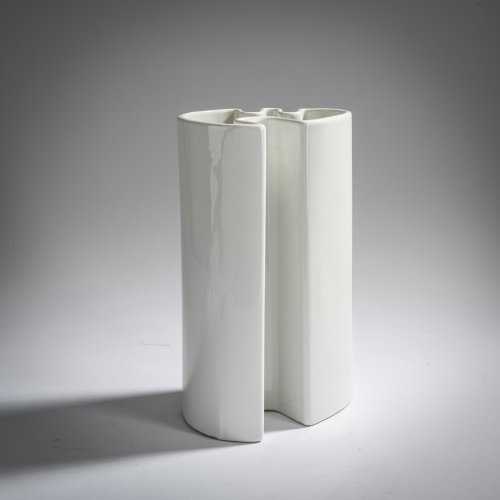
-
Sold
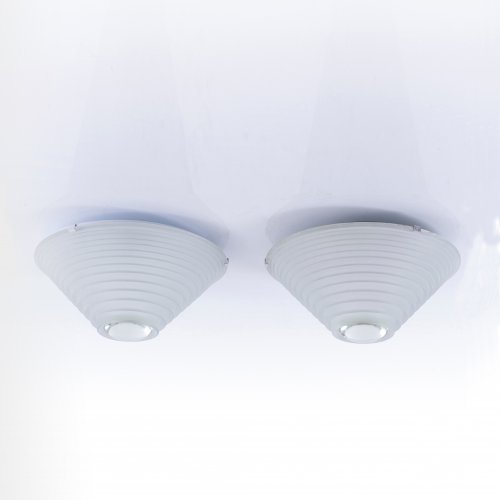
-
Sold
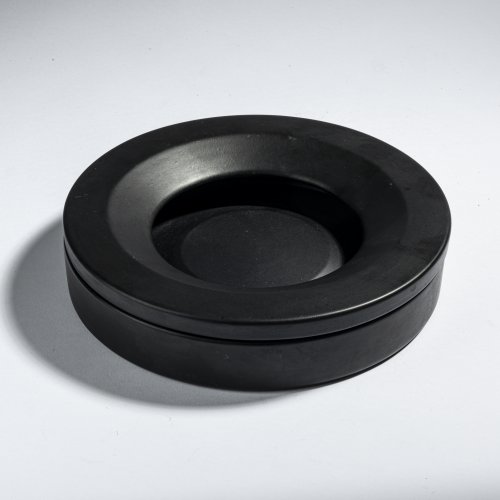
-
Sold
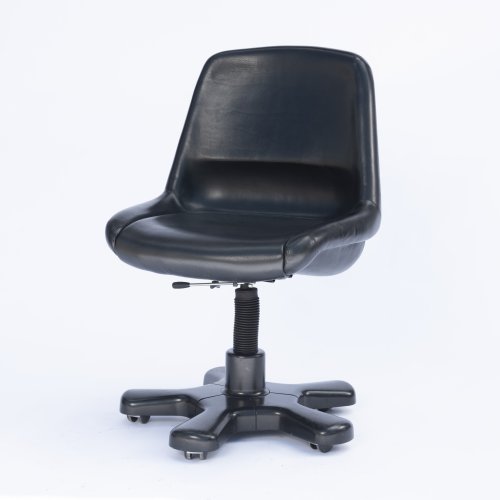
-
Sold
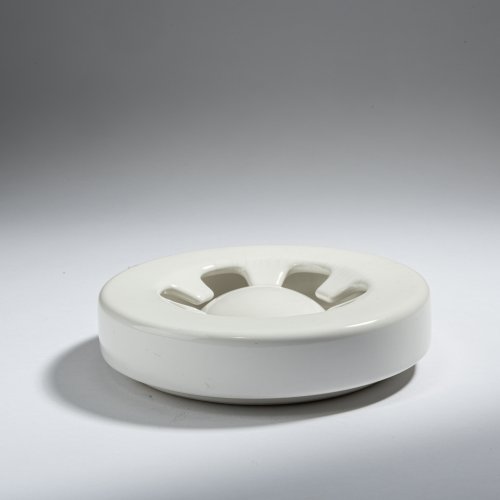
-
Sold
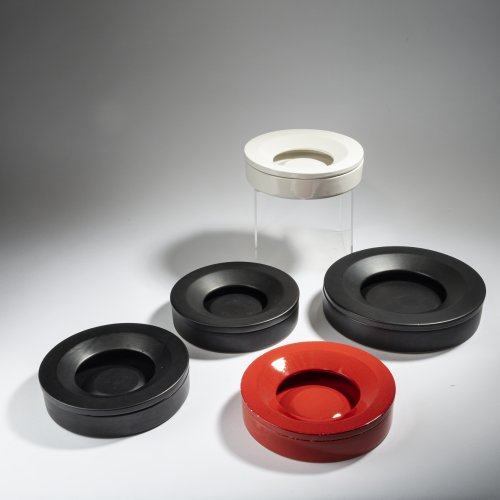
Angelo Mangiarotti Danese, Mailand
Set of five 'Barbados' - '4000B' ashtrays, 1964
Hammer Price: 420 €
-
Sold
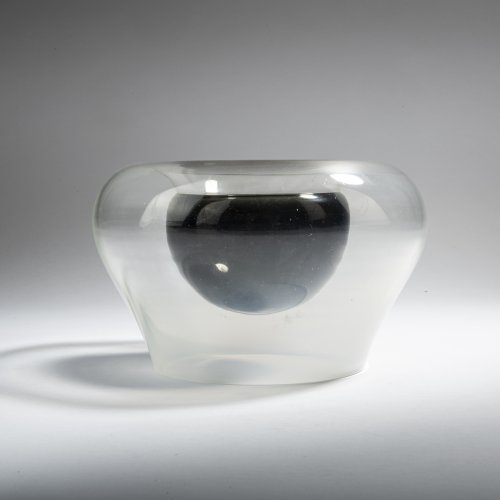
-
Sold
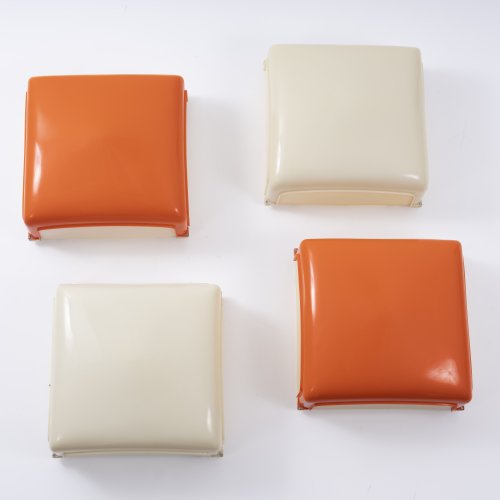
-
Sold
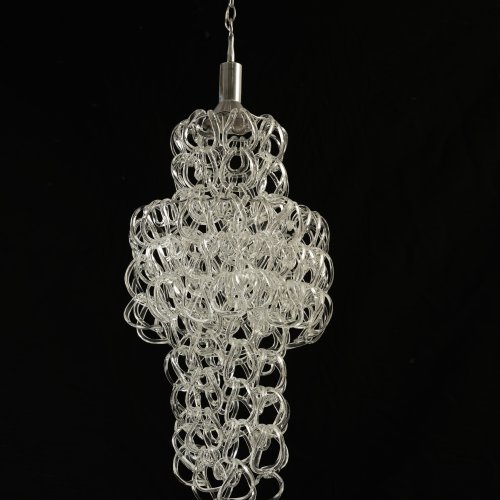
-
Sold
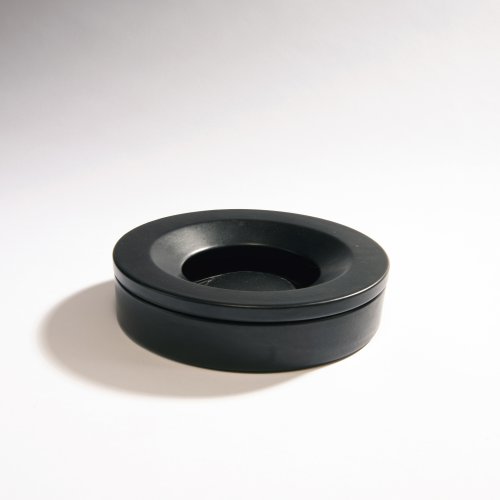
-
Sold
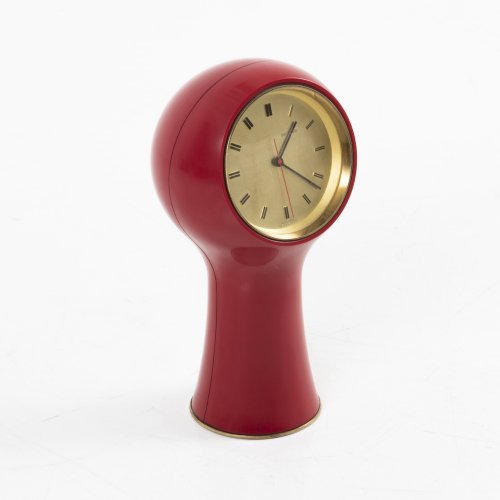
Angelo Mangiarotti Portescap, Le Porte Echappement Universal La Chaux De Fonds S. A, La Chaux de Fonds
'T1' - 'Secticon' table clock, 1956
Hammer Price: 700 €
-
Sold
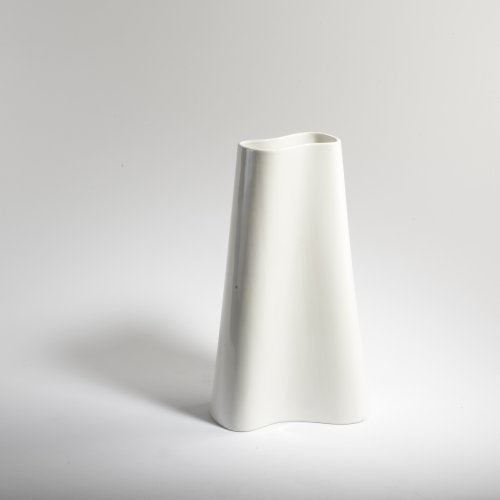
-
Sold
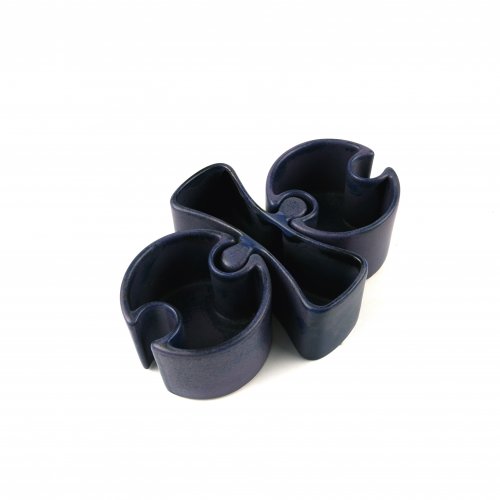
-
Sold
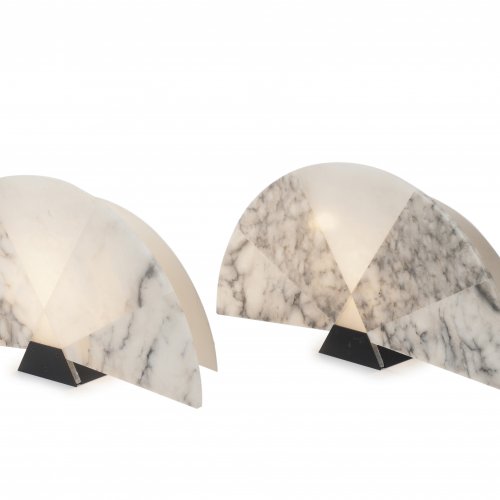
-
Sold
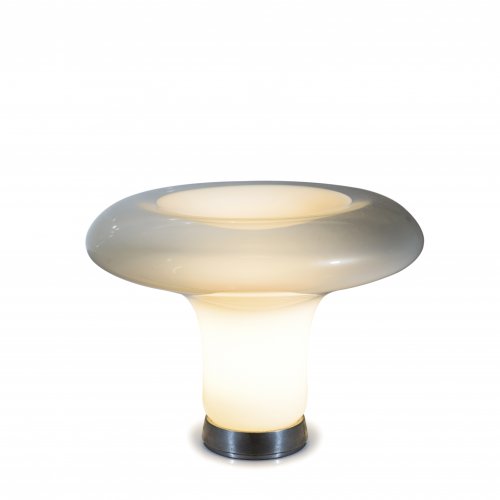
-
Sold
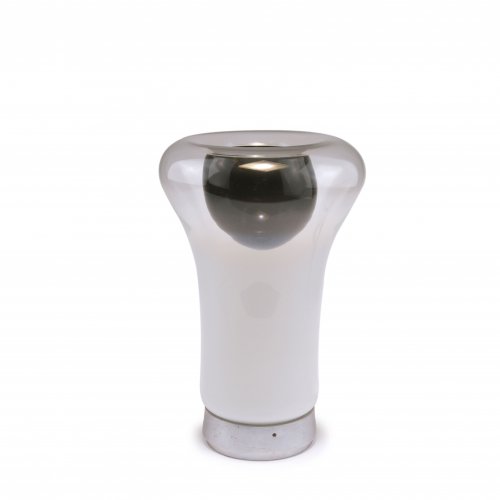
-
Sold
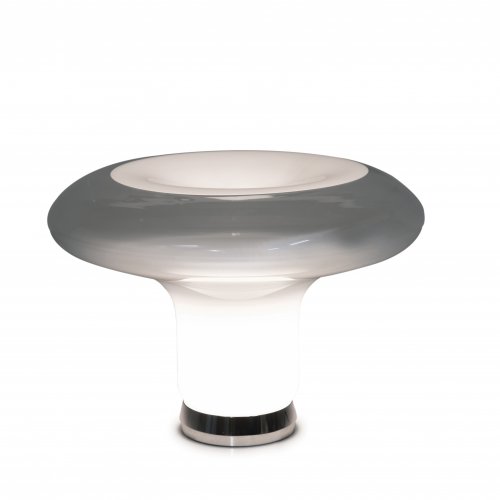
-
Sold
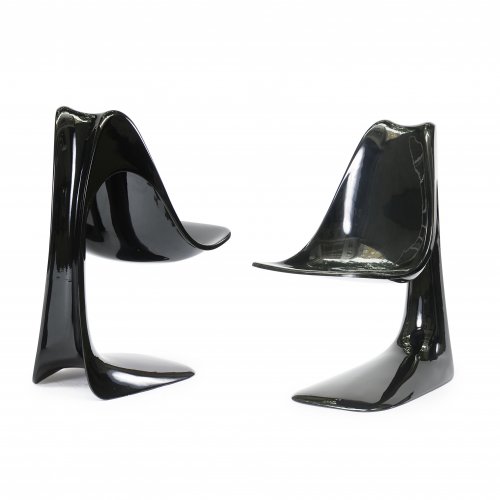
-
Sold
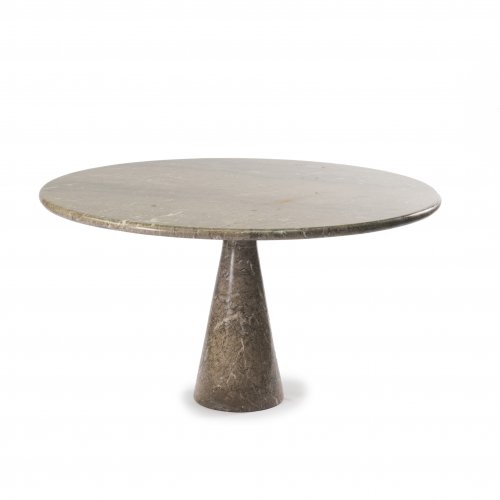
-
Sold
-
Sold
-
Sold
-
Sold
